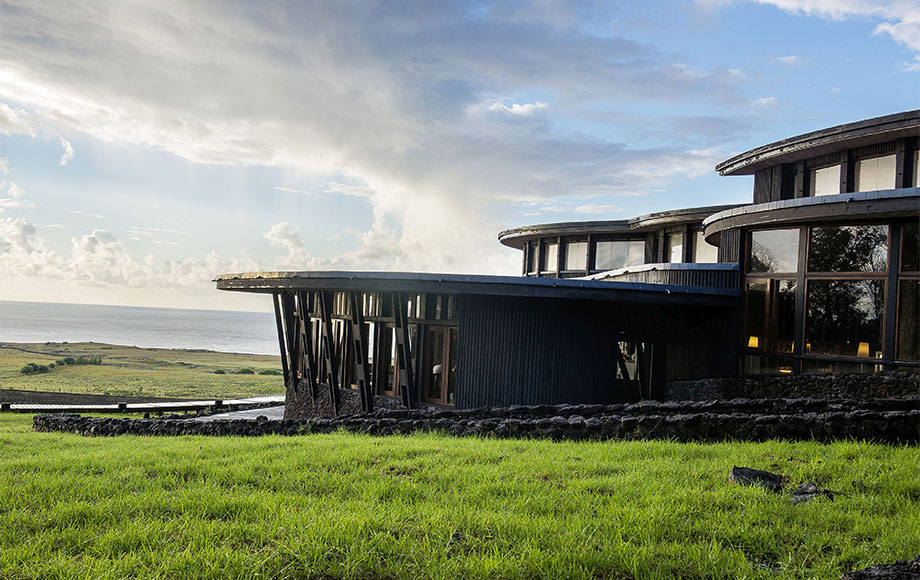Take one of our Easter Island tours and discover the most isolated place on earth, 3,000km off the coast of Chile.
Also known as Rapa Nui, Easter Island is most famous for its enigmatic moai – the 887 basalt monoliths that dot the volcanic landscape or lie half-buried in the Rano Raraku quarry.
Easter Island is a mysterious destination, far from anywhere, and the demise of its native population – the people who built the iconic stone statues – is still being pieced together. It is still not known why these moai were built, nor is it clear how the island’s inhabitants were decimated. Today, the island is a beautiful and interesting place to visit, with its fascinating volcanic craters, lava formations, incredible white sand beaches, blue waters and array of archaeological sites.
For information on Chile, please click here.
Highlights
Easter Island
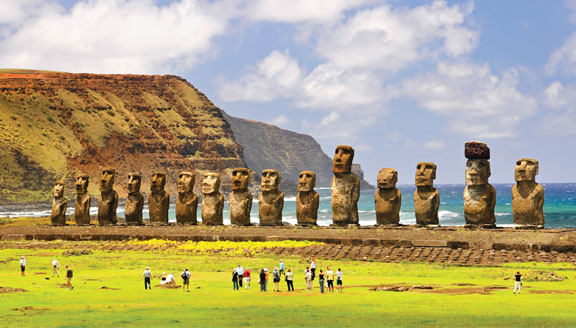
Mysterious archaeological sites
Easter Island is famous for the hundreds of moai – giant stone statues – which are scattered all over the island or abandoned in the Rano Raraku quarry.
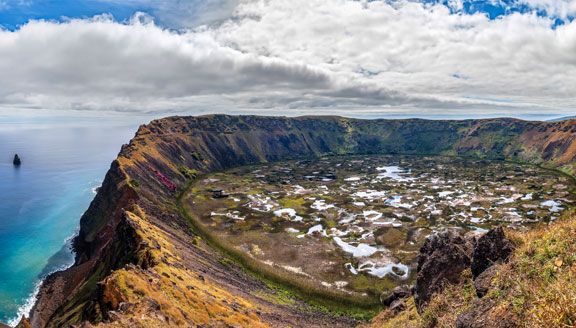
Rano Kau Volcano & the Bird Man Cult
The spectacular Rano Kau volcano lies on the southwest corner of the island overlooking the sea.
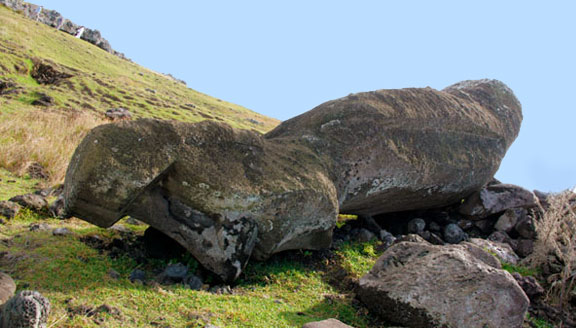
Large fallen Moai of Akahanga
Akahanga is an ahu with up to 13 moai which were probably toppled during the clan wars, as were many other moai on the island.
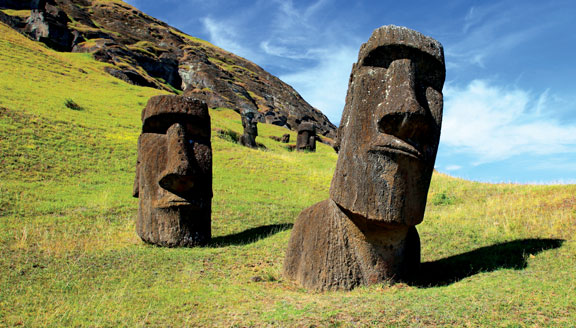
Rano Raraku volcano & Moai Quarry
The remarkable quarry at Rano Raraku volcano is where most moai were cut from volcanic rock and 397 remain.
Accommodation at Easter Island
Below are some of our preferred accommodation options in Easter Island, carefully selected for their superior locations, standards of service and level of comfort.
Easter Island Overview
Why Easter Island: This is one of the most unique places on earth, due to its isolation and the spectacular archaeological remains of a mysterious lost civilisation.
Culture: Easter Island is best known for its gigantic stone monoliths, known as moai, that dot the coastline. In addition to the statues, the islanders possessed the Rongorongo script, the only written language in Oceania. Easter Island is also home to many petroglyphs (rock carvings), as well as traditional wood carvings, tapa (barkcloth) crafts, tattooing, string figures, dance and music.
When to Go: A mild year-round climate provides ideal conditions for exploring the island on foot or by bicycle. Expect more rainfall from Apr – May. The island is best visited as a stopover between Chile and Australia.
Combine With: The Chilean mainland, which offers diverse cultures and a wealth of varied landscapes, from the surreal salt flats and lakes of the altiplano (high plains) and the Atacama Desert to the glacial lakes and snow-capped mountains of Patagonia.
Getting There: Fly from Santiago, Chile to Hanga Roa on Easter Island.
